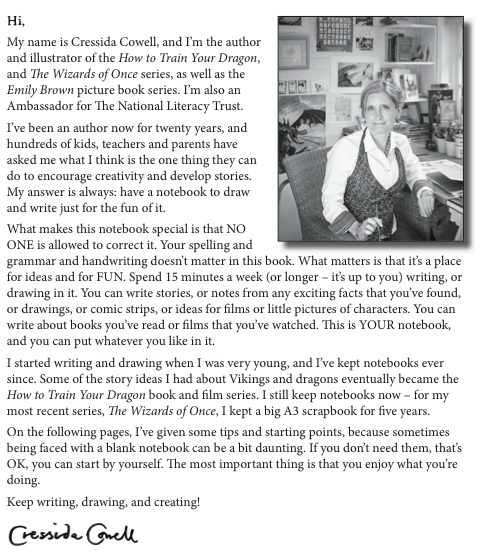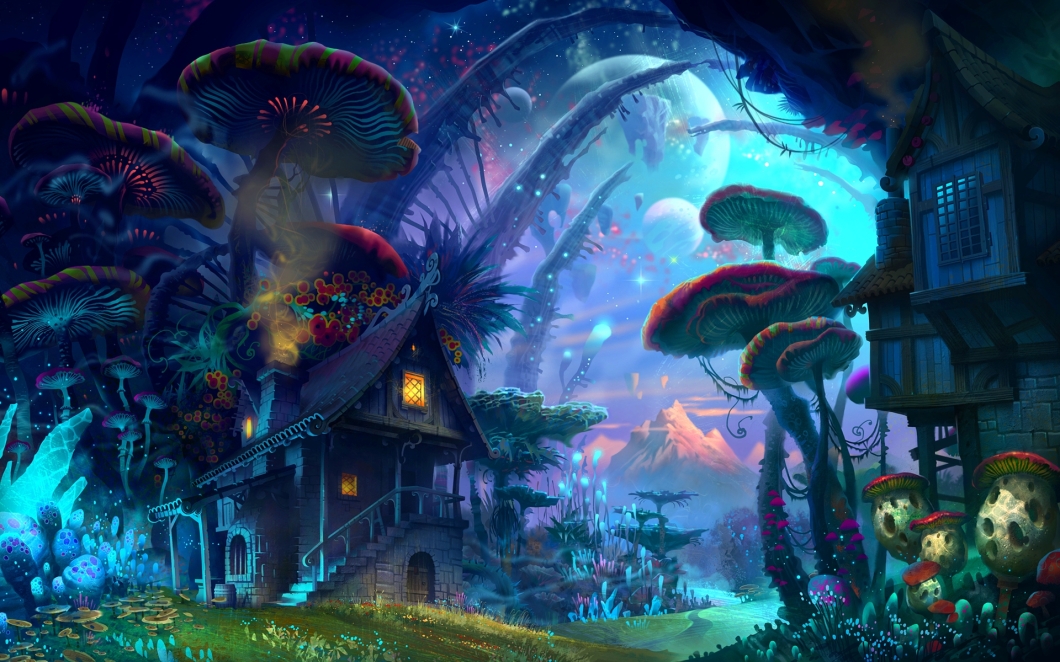‘A love of writing can unlock children’s imaginations, aspirations and academic potential. Yet half of school children tell us they don’t enjoy writing because they struggle with spelling, punctuation, and knowing what to write.’
Jonathan Douglas, Director of the National Literacy Trust
Half of children in the UK don’t enjoy writing.
Half.
I’ve often asked myself how the National Curriculum can be so counter conducive to the nurturance of creativity. The writing process delivered in schools often bears little or no resemblance to what authors actually do in real life. In a bid to shoehorn in some up-levelled vocabulary, fronted adverbials and expanded noun phrases (or any of the other 80 grammatical features listed in the 18-page Glossary for the Programmes of study for English), we are witnessing the death of creativity.
Ever since I heard about free-writing (or Writing for Pleasure) in schools, it’s been something I’ve desperately wanted to introduce. Back in April, bestselling author-illustrator Cressida Cowell and the National Literacy Trust launched a ‘Free Writing Friday’ campaign to breathe life back into writing for pleasure. The idea was gloriously simple; Give children free reign to write whatever they choose to write.
Free from scrutiny of marking, children are given writer’s notebooks (decidedly not Literacy books) in which they are encouraged to liberate their writer’s voice in whatever form, on whatever topic they’d like. They are given the freedom to explore and experiment with their own interests and ideas, inevitably becoming more enthused and engaged, developing a fondness for expressing themselves through the written word. Research from the National Literacy Trust also shows that writing for enjoyment boosts a child’s writing behaviour, confidence, motivation and academic attainment.
Writing in primary schools should aim to inspire, excite and engage children in authentic, original and free-flowing expression of thoughts, feelings and ideas. We need to step away from a focus on correct spelling, punctuation, grammar and presentation (“neat handwriting, no crossing out!”). We need to stop dictating literary constraints that have the potential to reduce flexibility in thinking, demotivate children and diminish their creativity.
Even J.K. Rowling’s notebooks are messy…


If it’s good enough for J.K. Rowling, it’s good enough for 5SP.
As part of my own professional development, I am going to initiate regular free-writing sessions in my classroom. My aim is to encourage children to start building a habit of writing freely for pleasure, to open up their imaginations, overcome writer’s block and cultivate a love of writing in the classroom. I am going to trust them and give them complete autonomy to explore their own ideas and write what they want to. I’m going to refrain from giving direction or being restrictive. I’m not even going to mark the books.
*Sharp intake of breath*
In fact, I’m going to sit down, get my own free-writing book out and write with them. Just to show them all how much I value what they’re doing.
How to set up Free Writing in Class
So, how do we get started? I’ve read everything I can find on the topic of free writing – case studies, research, blogs, articles – and I’ve spoken to colleagues both in person and online about how best to implement these sessions. I’ve now compiled all of that guidance, knowledge and advice into this helpful step-by-step guide.
- Invest in some new resources. The first thing you should set about doing is ordering some special writing books (which the children could personalise with colourful wrapping paper), some special pens (a variety of different colours, not the usual handwriting pens) and sparkly/fluffy/cool pencils. Find a special place for these in the classroom and only use them for free writing.
- Set aside protected time to free write. Another key resource is time – squeezing extra writing sessions into an already busy timetable can be daunting but, after a little re-jigging, it can be done. I have chosen a ‘Free Writing Friday’ slot initially (30mins), with two other 20 minute slots during the week. This time will need to be unstructured, child-led, peaceful and unencumbered by adult direction. You may like to play music quietly in the background to encourage a calm, creative atmosphere.
- Prepare some prompts for those who might ‘get stuck’. Prepare a bank of resources for children to pick and choose from if they are lacking inspiration and in need of a little nudge. Most prompts can easily be laminated and used over and over again. Jump to the end of the blog for more ideas about free-writing prompts.
- Give explicit instructions about what free writing is. Build excitement around free-writing by sharing the new resources and prompts whilst also explaining what it is and how it links to the writing process. I really like Cressida Cowell’s introductory letter (pictured below) and I’m currently in the process of typing up something similar to be stuck on the inside cover of 5SP’s free writing books to act as a reminder.

- Ignite the fire of creativity. During the first session, begin fostering a creative atmosphere by encouraging the children to use the first couple of pages of their free-writing books to jot down as many ideas as they can about things that interest them and that they might like to write about. Solicit a high volume of different ideas, but don’t tell the class whether you think they’re good ideas or not – the focus should be on generating ideas at this point not evaluating them.

- Encourage mistakes. David Almond’s fantastically messy notebooks (pictured above) are legendary. Children are often afraid of judgment if crossing out work, but editing and re-drafting are important parts of the writing process. Fear of judgment can curb the creative process. Children need to know that you won’t be marking their work or even reading it (unless invited to). It might also be worth sharing examples of notebooks from famous authors, as well as this brilliant video from David Almond. Once I’ve started writing, I’ll show them my own mistakes too and I’ll show them often.
- Share and celebrate creativity. At the end of each free-writing session, invite children to read out what they’ve been working on. This should not be compulsory. Make time to discuss the writing process and how children are finding it – as well as any challenges they’ve – or you’ve – encountered.
- Create in-class Publishing Houses to sustain interest. I absolutely LOVE this idea from Writing Rocks. Originally inspired after reading Back & Forth: Using An Editor’s Mindset To Improve Student Writing by Lee Heffernan, Ross Young created a publishing house in his own classroom. Finished projects were published and kept in the class library. I’m a big fan of publishing to motivate children and I think this is a great way of sharing and celebrating what has been written, as well as engaging the children in the whole writing process. Find out more about Banger Books – books which whizz and bang and how Ross implemented this in the classroom here.
Using Prompts to jumpstart creative writing
Although most will have plenty of their own ideas to write about, creating optional prompts to help boost creativity for those lacking inspiration is a good idea. Here are some useful resources to help inspire and engage…
- Interesting photographs or pictures – try Literacy Shed Images, Once Upon A Picture, Pobble 365 or even Google images. You can choose your favourites, print and laminate, or allow access to iPads during free writing sessions.



- A basket of mystery items – you could use physical items to inspire writing such as keys, gloves, shoes, small fairy doors, newspaper clippings, scrolls, maps and anything else that might send imaginations running wild! Vashti Hardy sketched out this awesome Brightstorm Map whilst writing the book. Mapping out new lands and places for characters to explore is a great story-starter.

- The lovely folk at Writing Rocks have developed some great Genre Booklets (perhaps more suitable for KS2), which can be laminated and kept on display in your writing area or near your working wall. Children can use the booklets independently to aid and support the writing process. You’ll also find a whole bank of exciting idea-generating prompts in this document.
- The 100 word challenge is a free weekly creative writing challenge for children. Each week a prompt is given, which can be a picture or a series of individual words. Children write a creative piece around 100 words based around the prompt.
- Tom Ritson at The Wroxham School writes up his own whole class prompts, which are brilliant. Have a look at these fantastic class pet and magic themed examples. He’s also offered up a whole term’s worth of these incredible writing resources FOR FREE!
- Tom also recommends tying writing sessions into some of the BBC Live Lessons and Puffin Virtually Live videos. They usually feature well-known authors and encourage silliness and thinking-outside-the-box type ideas to make writing fun!
- There’s plenty of writing inspiration on Pinterest too!
Have you implemented free writing in your classroom? Share your top tips in the comments section below or find me on twitter. I’d love to hear from you!
In 1914-15 A.S.Neill was headteacher of Gretna Green School, he wrote and pubished a diary called ‘Dominies Log’, this describes how he used class discussions about local events, including in the lives of the children, the war news and other articles in that day’s newspaper, walks to beautiful places for art and contemplation, the use of humerous subjects to inspire creative writing, ‘what if?’ stories, what if something funny happens at church, what if they get sent a wrong parcel (could be anything), how would it be to be a snail travelling to school… Neill, along with teachers like Harriet Finley Johnson, who used nature and then drama as the framework for her school’s lessons (in late 1800s), were a part of New Ideals in Education, whose aim was to create schools, classrooms and activities that ‘liberate the child’, that use freedom to develop mental and physical health, developing children who are active citizens, cultural makers as described by William Morris, and who will contribute to a democratic, just society based on equality and rights!
LikeLike
[…] grips with grammar, spelling in a reading rich curriculum, inspiring writing with quality texts, writing for pleasure (or free writing), engaging ways to teach or build vocab, as well as ways to use working walls to […]
LikeLike
[…] with grammar, spelling in a reading rich curriculum, inspiring writing with quality texts, writing for pleasure (or free writing), engaging ways to teach or build vocab, as well as ways to use working […]
LikeLike
Such a great article i have read… this is a amazing blog… thank you for sharing this blog with us..Primary 3 Creative Writing Class
LikeLike